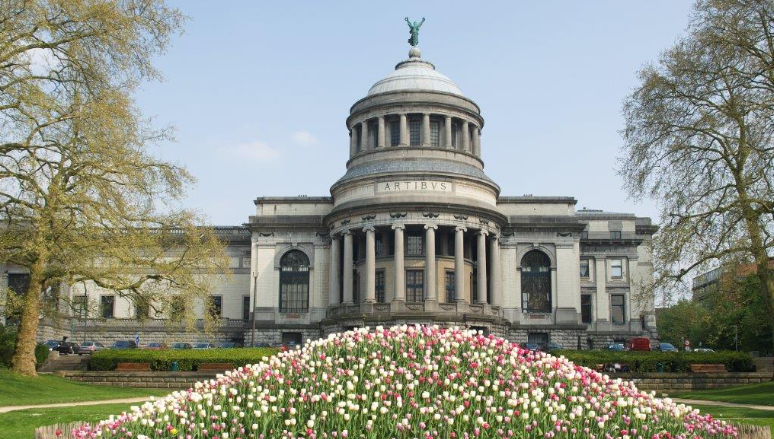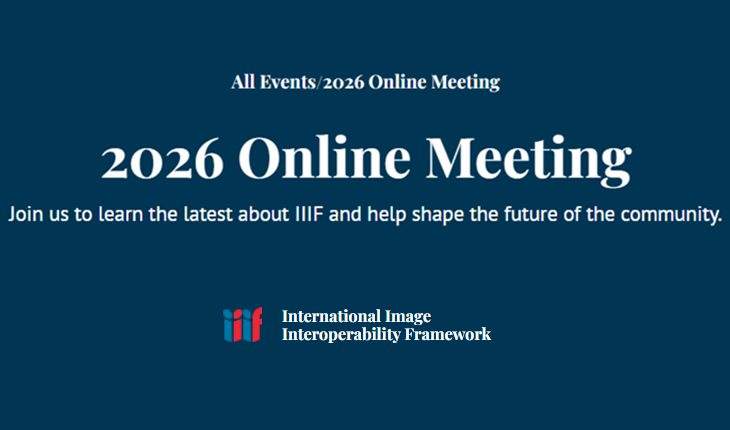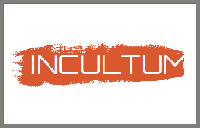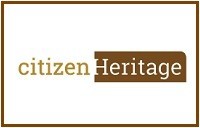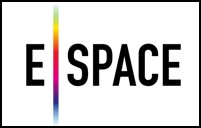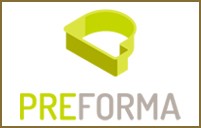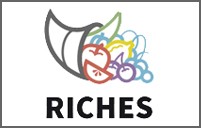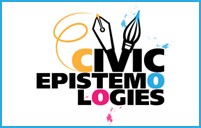-
Free text
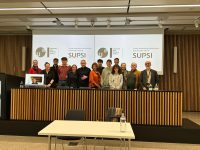 The event, taking place in Lugano (Switzerland) on 25th October 2025, was open to students and digital creators
The event, taking place in Lugano (Switzerland) on 25th October 2025, was open to students and digital creatorsAs part of a cooperation agreement, EUreka3D initiative is collaborating with SECreTour project to explore how digital cultural heritage can support local promotion and tourism, particularly by reusing open cultural collections to create engaging materials and storytelling about places and … Continue reading →
 June 27th, 14:00-15:00 CEST
June 27th, 14:00-15:00 CESTOrganised in the context of the Premiere project, a new series of webinars is being launched to present the outcomes of the project. Over the past three years, Premiere project has brought together researchers and artists to explore how AI and XR technologies … Continue reading →
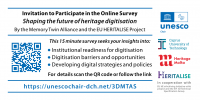 By the Memory Twin and the EU HERITALISE Project, from the Unesco Chair on Digital Cultural Heritage at Cyprus University of Technology
By the Memory Twin and the EU HERITALISE Project, from the Unesco Chair on Digital Cultural Heritage at Cyprus University of TechnologyDear Colleague, The UNESCO Chair on Digital Cultural Heritage at Cyprus University of Technology, Cyprus invites you to contribute to an important 15-minute survey exploring the future of cultural heritage digitisation. Building on the European Commission-funded VIGIE2020/654 study on quality … Continue reading →
Area: digital heritage
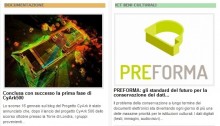
Archeomatica, an Italian multidisciplinary e-magazine about new technologies and Cultural Heritage, presents PREFORMA and the related Call for Tender to its readers in an article entitled “PREFORMA: gli standard del futuro per la conservazione dei dati digitali culturali”. Continue reading
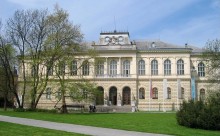
On the 18th February 2014, in the beautiful premises of the National Museum of Slovenia, it was held the third plenary meeting of EAGLE project, which included a special training session for the content providers. The meeting was joined with the EAGLE Public Workshop ‘Current Practices and New Directions in Digital Epigraphy’. Continue reading

IRCDL is a yearly deadline for Italian researchers on Digital Libraries related topics. The University of Padua, who organised the 2014 edition of the event, presented and disseminated the final results of the CULTURA project to the participants. Continue reading

The final results of the CULTURA project have been presented and disseminated at the 2nd AIUCD Annual Conference 2013 on Collaborative Research Practices and Shared Infrastructures for Humanities Computing, hosted by the Department of Information Engineering of the University of Padua. Continue reading
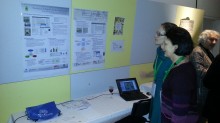
Two CULTURA posters have been presented at the NODEM Conference in Stockholm on 3 December 2013. Numerous discussions with conference participants raised awareness of the CULTURA project and its approach and solutions. Continue reading

On 21st January 2014, in cooperation with the Austrian Centre for Digital Humanities at the University of Graz the TUG team had the opportunity to give a presentation on the CULTURA project to humanities students in the lecture ‘Basic Module: Digital Humanities’. Continue reading
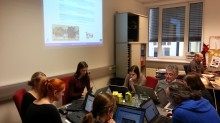
On 10th January 2014 a half-day workshop was conducted at the Austrian Centre for Digital Humanities (ZIM) at the University of Graz. Workshop participants were members of the centre, as well as researchers from the Dialect Cultures project. Continue reading

Proposal for a workshop organised by PREFORMA in the frame of the EGI Community Forum in Helsinki. Aim of this event is to present to the whole digital preservation community – open source community, developers, standardization bodies and memory institutions – the new opportunities offered by the project and by the forthcoming call for tender. Continue reading
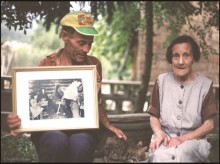
The Royal Anthropological Institute is pleased to announce its major international conference ‘Anthropology and Photography’, which will take place at the British Museum’s Education Clore Centre on 29-31 May 2014. Europeana Photography was invited by RAI and will take part in the conference presenting its recent outcomes. Continue reading
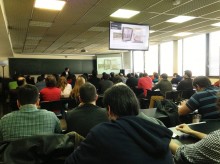
On 3-7 February 2014, at the School of Industrial Engineering of Barcelona, a workshop was held on Mobile Apps and Augmented Reality. The workshop was organised by RICHES’ partner I2CAT in the framework of I AM project. Continue reading


